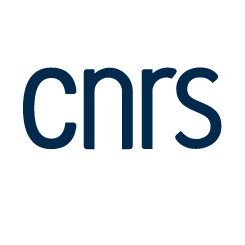Training dataset optimization for deep learning applied to optical proximity correction on non-regular hole masks
Résumé
With the machine learning breakthroughs in the past few years, the number of studies applying this principle to
lithography steps is increasing constantly. In this article, the focus does not concern the learning models for
OPC masks improvement, but the optimization of the data used for such learning. This part is essential for a
good learning process, but has rarely been studied, despite its impact on the output results quality being as
important as an improvement of the learning model. Several optimization methods are discussed, each with a
specific objective: either reducing learning time, increasing the obtained results quality, or both. To evaluate
these different results, classical optical proximity correction simulation tools are used, allowing for a complete
evaluation in line with production standards.
